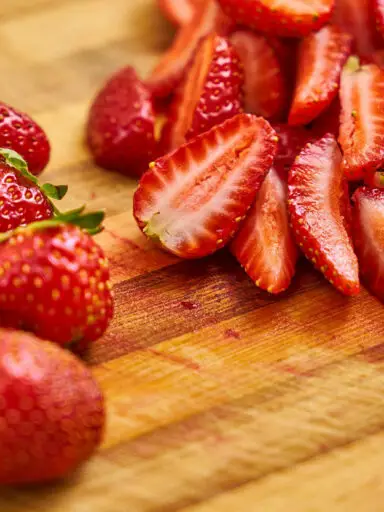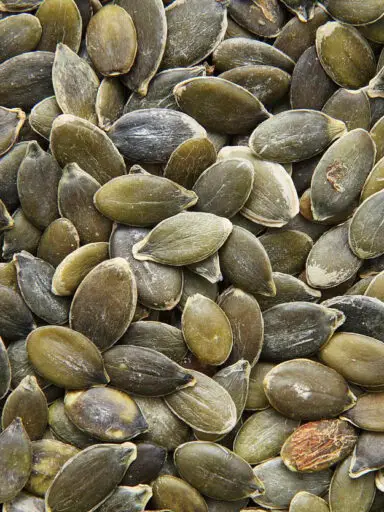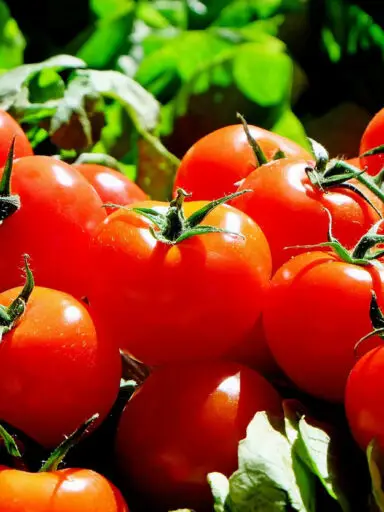The papaya also known as papaw or pawpaw is a fruit and tree of the genus Carica of the family Caricaceae. The papaya originated in the areas of Central America to southern Mexico.
It is now widely grown in other regions including several African countries, the Caribbean Islands, Florida, and southern Asia. The world’s largest producers of papaya are India, Brazil, Indonesia, Nigeria, and Mexico.
Papaya plants have three sexes which are male, female, and hermaphrodite. As expected the male tree produces pollen but no fruit while the female produces immature inedible fruit unless pollinated. The hermaphrodite, on the other hand, has flowers that contain both the stamen and the ovaries.
The tree grows on a single stem that grows about 5 to 10 meters tall. It bears large leaves that reach about half a meter in diameter.
It produces a cluster of fruit berries that grows about 15 to 45 cm long and 10 – 30 cm in diameter. The fruit starts out green and turns slightly yellow when ready for harvest. It continues to turn yellow-orange as it ripens further.
Papaya can be found in the markets all year round in various stages of maturity. It can, therefore, be purchased based on when you want to consume it. Because the fruits vary in size when ripe you can purchase the fruit you need to suit your needs for the moment.
Fruit should be firm to touch and feel heavy for its size. The fruit should not bear bruises, mold, or rot. The skin should be vibrant in color and without cuts.
unripe fruit can be stored at room temperature for several days while ripe fruit must be stored in a refrigerator.
How to Prepare papaya for Culinary Use
The fruit should be washed thoroughly to remove soil and dirt as well as pesticide and fungicide residue. Unripe green papaya can be eaten cooked as it is in Asian countries but should not be eaten raw.
Generally, the skin which is bitter in taste is not eaten. The skin can be peeled off using a knife. The pulp can be cut according to the recipe instructions. The seeds and slimy layer bearing the seeds can be removed with a spoon and put aside or discarded.
The ripe fruit can be eaten raw as is or seasoned with lemon, salt, pepper, or even sweetened with sugar. The fruit makes for a great part of fruit salad and pairs well with mango, pineapple, passion, watermelon, banana, and avocado.
The fruit can be blended into juice, shakes, sorbet, salsa, or smoothie drinks. The fruit also pairs well with poultry and seafood dishes as well. The papain enzyme is used as a meat tenderizer as well.
Nutritional Benefits
Papaya provides no cholesterol and contains 43 calories per 100 grams. It is also a decent source of dietary fiber and a fair source of carbohydrates. Papaya is rich in vitamin C containing more than oranges or lemons. It is also a good source of vitamin A.
It is a good source of B-complex vitamins such as folates, pantothenic acid, and pyridoxine. It also has thiamin and riboflavin. This fruit is also a good source of potassium, iron, and magnesium. It also contains calcium and phosphorus.



